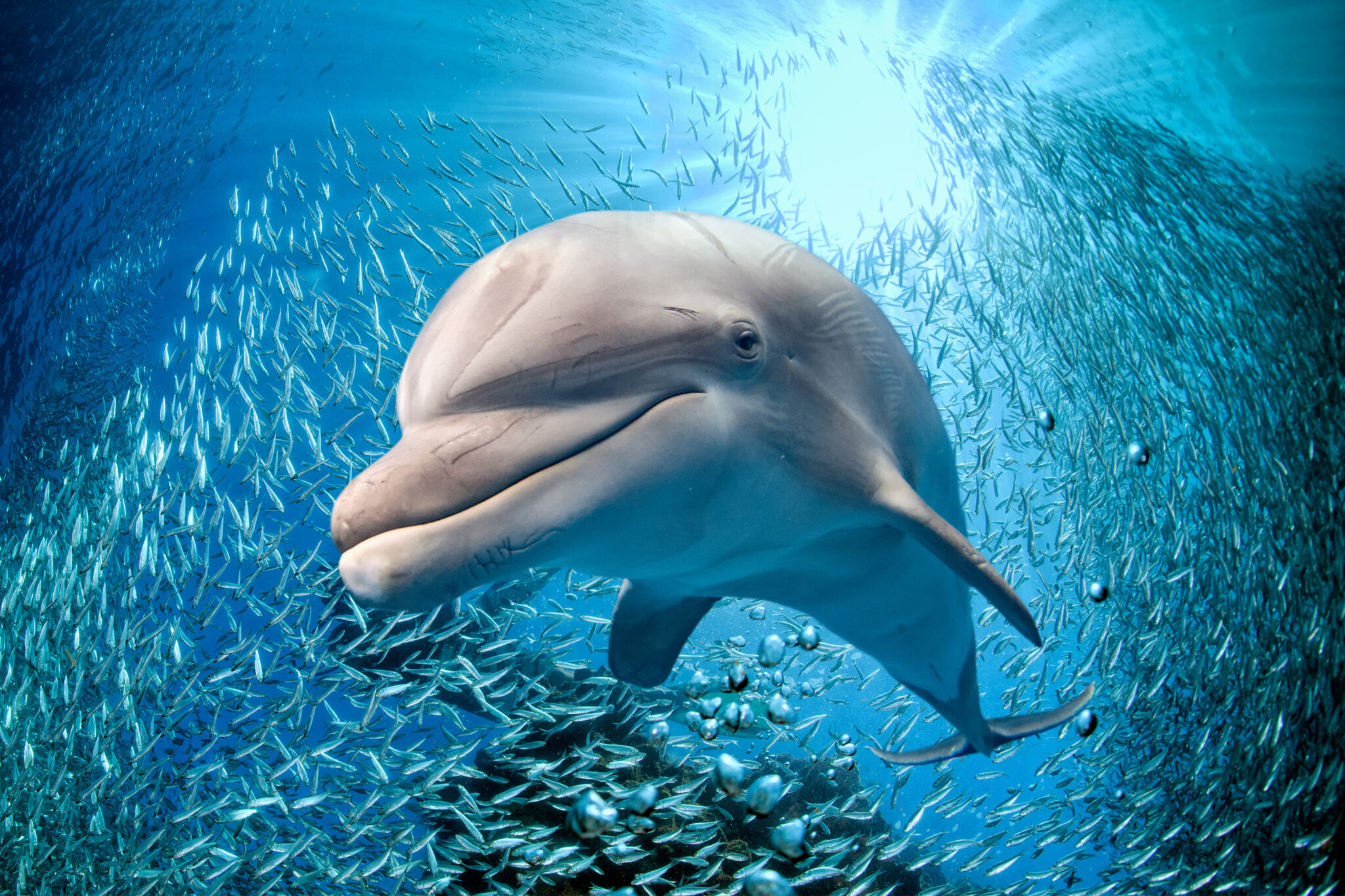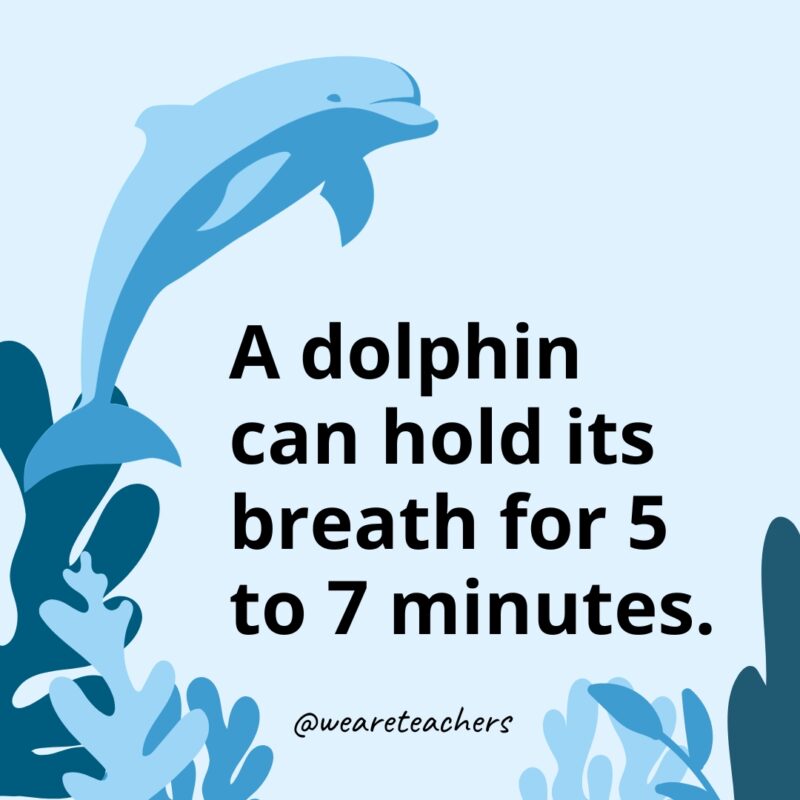Study the Ocean: Fascinating Dolphin Realities for Sea Lovers
The globe of dolphins presents a fascinating junction of intelligence, social habits, and environmental significance. From their complex interaction techniques to their outstanding analytical abilities, dolphins test our understanding of animal intelligence.
Dolphin Types Diversity
Variety is a trademark of the dolphin household, including a wide variety of varieties that show distinctive physical characteristics, habits, and environments. The family Delphinidae, frequently recognized as nautical dolphins, makes up roughly 37 types, each adapted to specific ecological particular niches. As an example, the bottlenose dolphin (Tursiops truncatus) is renowned for its knowledge and convenience, thriving in both seaside and open ocean settings.
In comparison, the whale (Orcinus whale), frequently described as the awesome whale, is the biggest participant of the dolphin family and is defined by its striking black-and-white pigmentation. Orcas show intricate social frameworks and hunting strategies, showcasing the behavioral variety within the family. Other varieties, such as the rewriter dolphin (Stenella longirostris), are kept in mind for their acrobatic display screens and choice for warmer waters, highlighting the versatility of dolphins to various marine ecosystems.
In addition, river dolphins, consisting of the pink river dolphin (Inia geoffrensis), inhabit freshwater environments, even more showing the comprehensive habitats that dolphins inhabit. Dolphin Facts. This unbelievable variety not just enriches marine ecosystems however likewise emphasizes the relevance of conservation efforts to safeguard these remarkable animals and their atmospheres
Social Behavior and Communication
The complex social habits and interaction techniques of dolphins are important components of their presence, assisting in group cohesion and enhancing survival. These highly intelligent marine mammals exhibit complicated social frameworks, commonly creating skins that can range from a couple of people to over a hundred. Within these teams, dolphins participate in habits such as cooperative searching, social play, and shared security, which cultivate solid bonds among participants.
Dolphins utilize an innovative selection of vocalizations, including clicks, whistles, and body language, to convey info and express feelings. Their trademark whistles serve as distinct identifiers, similar to names, enabling people to call out to one an additional. This vocal communication is matched by non-verbal signals, such as jumping, slapping the water, and synchronized swimming, which even more boosts their communications.

Distinct Feeding Habits
Unique feeding practices define dolphins, showcasing their versatility and intelligence in numerous marine environments. These aquatic creatures are understood for their varied diet plans, which mostly contain fish, squid, and shellfishes. Their searching techniques can differ substantially, frequently customized to the particular victim and environmental problems.
One significant technique is cooperative hunting, where dolphins function in groups to herd schools of fish right into tight developments, making it simpler for people to catch their dish. This social habits not only improves their feeding efficiency however also strengthens social bonds within the sheath. Additionally, dolphins have been observed employing a method called "fish-whacking," where they utilize their tails to confuse or stun fish, helping with much easier capture.
Another fascinating feeding habit is echolocation, which permits dolphins to identify target also in dirty waters. By emitting acoustic waves and interpreting the returning mirrors, they can identify the size, shape, and area of their targets. This amazing capability emphasizes their adaptability in different habitats, from superficial seaside areas to deeper oceanic waters. Generally, the special feeding routines of dolphins highlight their duty as proficient predators within the aquatic environment, showing both knowledge and ingenuity.
Intelligence and Problem Addressing
Their intelligence is noticeable in their problem-solving abilities, social interactions, and capability for understanding. Research study has demonstrated that dolphins can make use of devices, such as utilizing marine sponges to secure their rostrums while foraging on the seafloor.
Furthermore, dolphins show innovative communication abilities, utilizing a complicated system of clicks, whistles, and body movement. Dolphin Facts. This communication is essential for collaborating team tasks, such as hunting and socializing, illustrating their ability to function collectively towards an usual objective. Their capability to understand abstract ideas, including self-recognition in mirrors, additionally highlights their cognitive refinement
In regulated research studies, dolphins have shown an ability to address challenges and perform jobs that require both memory and critical thinking. These communications suggest not just knowledge but likewise a determination to involve with their setting in unique ways. In general, the cognitive prowess of dolphins positions them amongst one of the most smart types on the earth, cultivating a deeper admiration for their duty in aquatic ecological other communities.
Conservation and Environmental Effect
Conservation initiatives focused on securing aquatic ecosystems are crucial for preserving dolphin populations and their habitats. Dolphins are highly conscious ecological changes, and their survival is delicately linked to the health and wellness of nautical communities. check my blog Overfishing, pollution, and climate adjustment position substantial risks to both dolphins and their settings.
Overfishing interrupts the food cycle, resulting in a decrease in victim types vital for dolphin survival. Furthermore, toxins such as plastics and chemicals build up in aquatic environments, threatening dolphins with intake and bioaccumulation. Enhanced water temperature levels and sea acidification, repercussions of climate change, even more threaten the delicate equilibrium of aquatic ecological communities, affecting dolphin breeding and migratory patterns.
Conservation efforts, consisting of the establishment of aquatic safeguarded areas (MPAs), play an important function in guarding these smart animals. MPAs assist minimize human influence, allowing ecological communities to flourish and recover. Public awareness campaigns and community interaction are likewise vital, fostering a society of stewardship in the direction of marine life. By prioritizing conservation initiatives, we can ensure that future generations take pleasure in the appeal and vitality of dolphins and the seas they occupy. Safeguarding aquatic communities is not practically conserving dolphins; it is concerning protecting the complex internet of life that maintains us all.
Verdict
Dolphins exhibit the complexity and splendor of aquatic life via their diverse species, elaborate social structures, and progressed cognitive capacities. As essential parts of aquatic environments, dolphins underscore the requirement of recurring conservation efforts to safeguard their habitats.
Various other types, such as the rewriter read dolphin (Stenella longirostris), are kept in mind for their acrobatic screens and choice for warmer waters, highlighting the adaptability of dolphins to numerous aquatic communities.
Generally, the unique feeding routines of dolphins highlight their role as proficient killers within the marine ecological community, showing both knowledge and resourcefulness.
On the whole, the cognitive prowess of dolphins puts them among the most intelligent species on the world, promoting a deeper admiration for their function in aquatic ecosystems.

Comments on “Discover Just How Dolphin Facts Show Their Solid Bond with Human Beings”